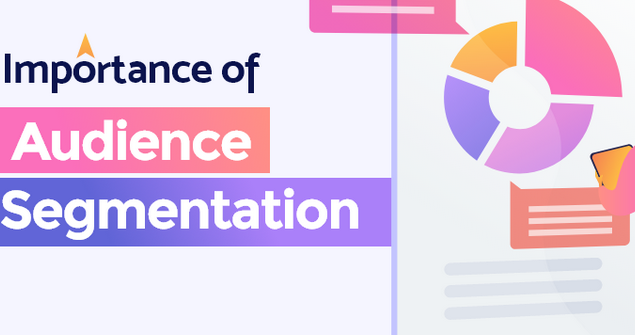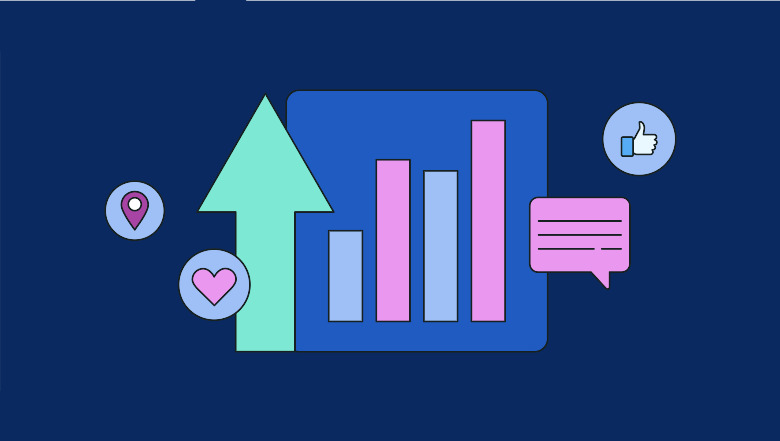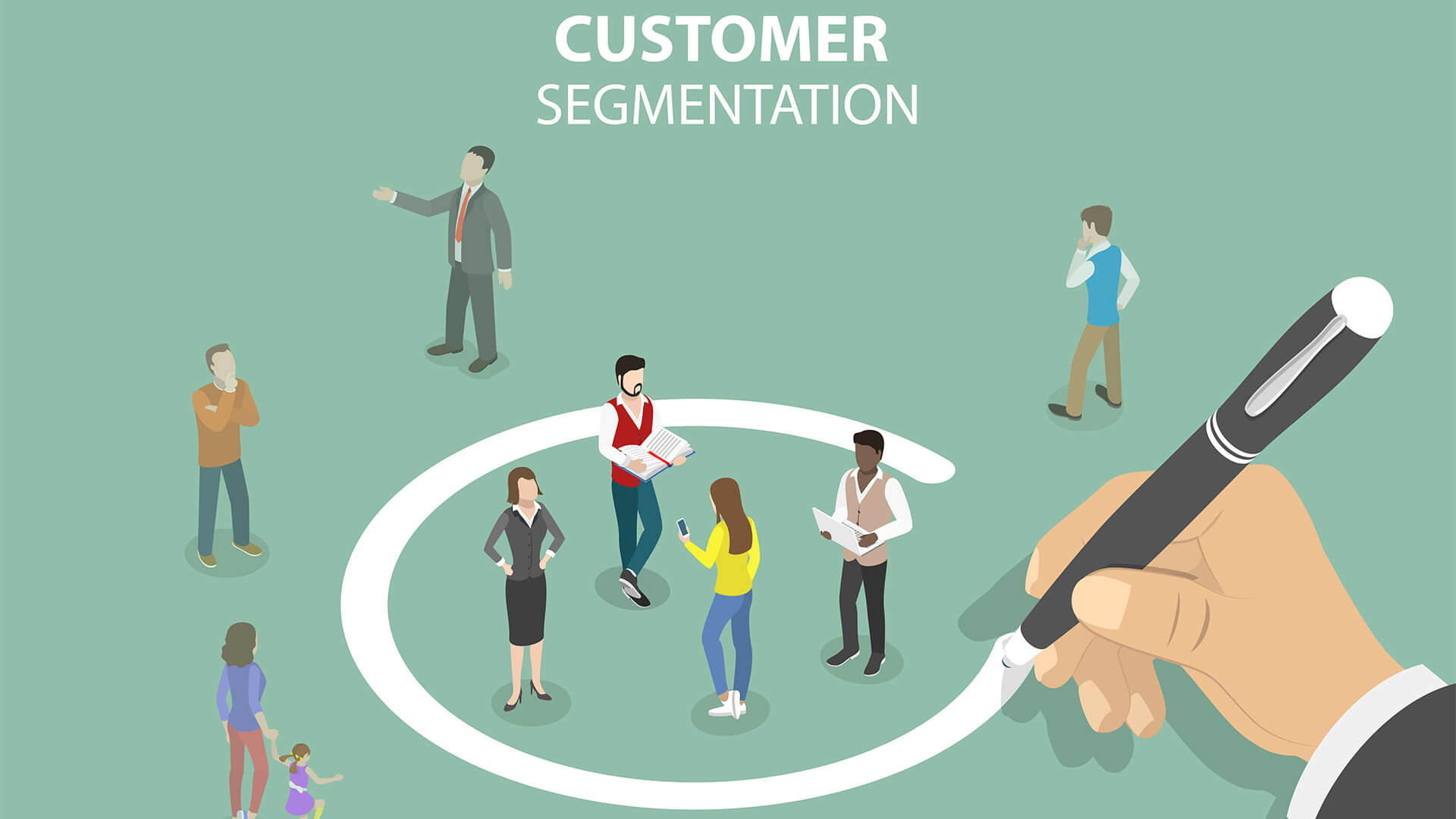Audience Segmentation
Audience segmentation is a strategic marketing approach that divides a broader target audience into smaller, more homogenous groups based on shared characteristics, preferences, and behaviors. This powerful tool enables businesses to tailor their marketing efforts, messages, and offers to specific segments, thereby maximizing their effectiveness and enhancing the overall customer experience.
In the era of data-driven marketing, audience segmentation has become indispensable. By leveraging demographic factors such as age, gender, income, and location, as well as psychographic elements like interests, values, and lifestyle, companies can deeply understand their customers. This knowledge enables them to create personalized marketing campaigns that resonate with each segment, increasing engagement and conversion rates.
One of the primary advantages of audience segmentation is its ability to optimize resource allocation. Rather than employing a one-size-fits-all marketing strategy, businesses can allocate their budgets and resources more efficiently, focusing on the segments that offer the highest potential for ROI. This saves money and ensures that marketing efforts are directed where they matter most.
Furthermore, segmentation fosters customer loyalty and retention. By tailoring content and offers to individual preferences, brands can build stronger connections with their customers, making them feel understood and valued. This, in turn, can lead to increased brand loyalty and long-term customer relationships.
In summary, audience segmentation is a fundamental pillar of modern marketing. It empowers businesses to deliver more personalized and relevant content, improve resource allocation, and foster lasting customer relationships. By harnessing the power of segmentation, companies can unlock the full potential of their marketing efforts and drive sustainable growth in today’s competitive marketplace.









